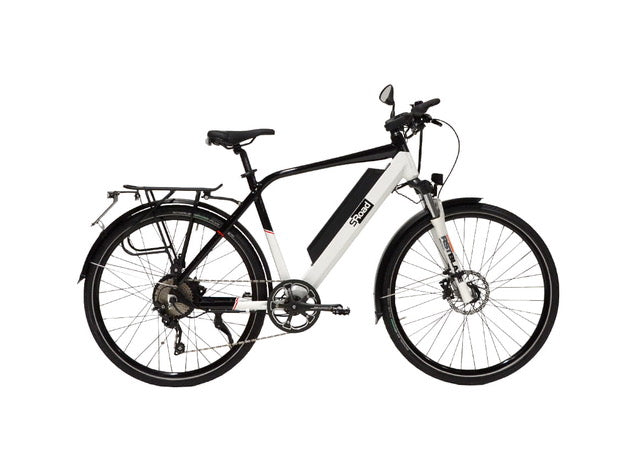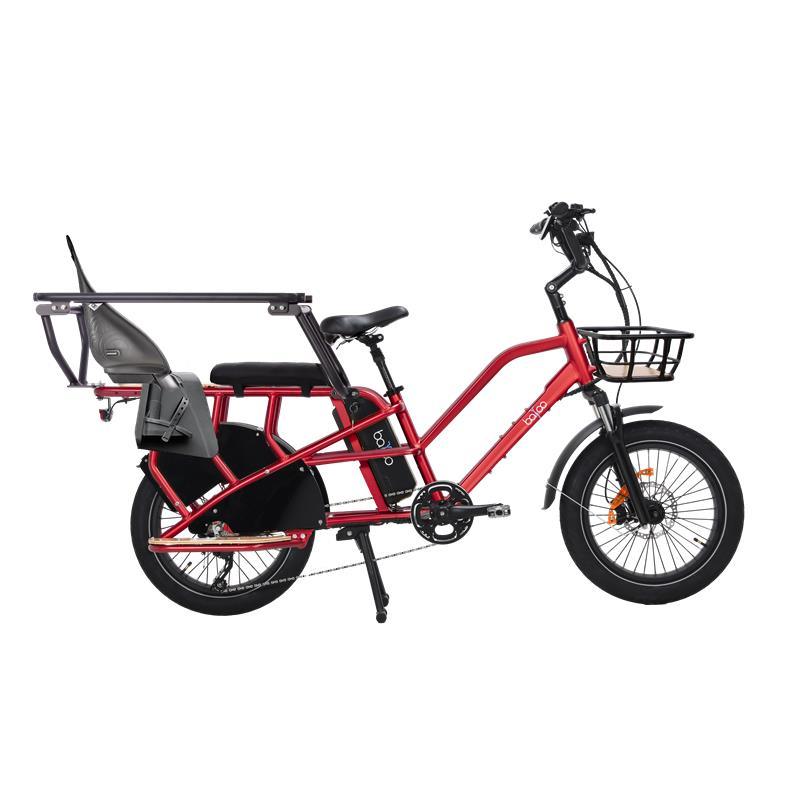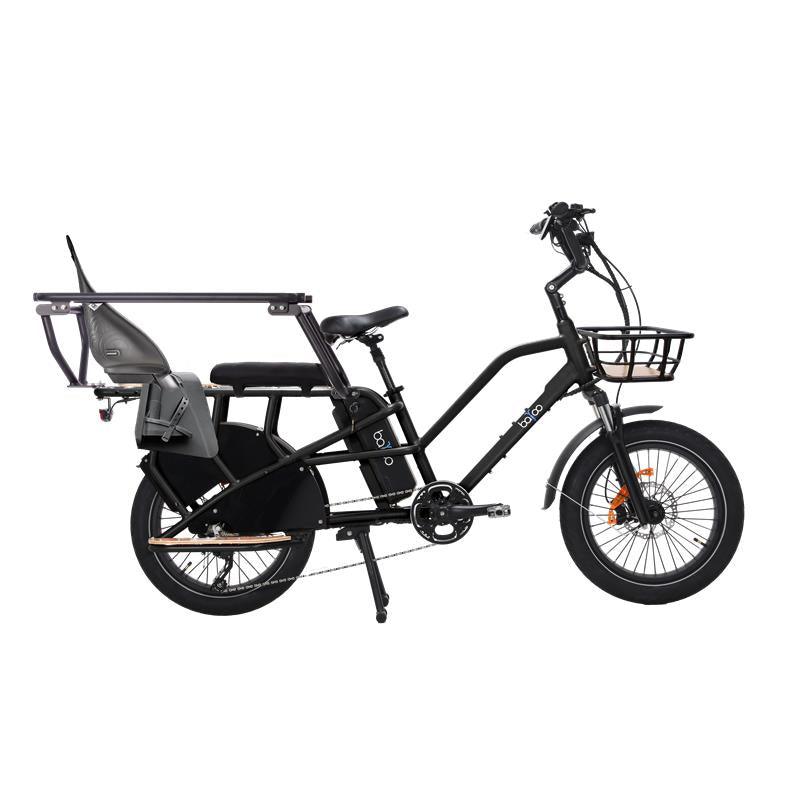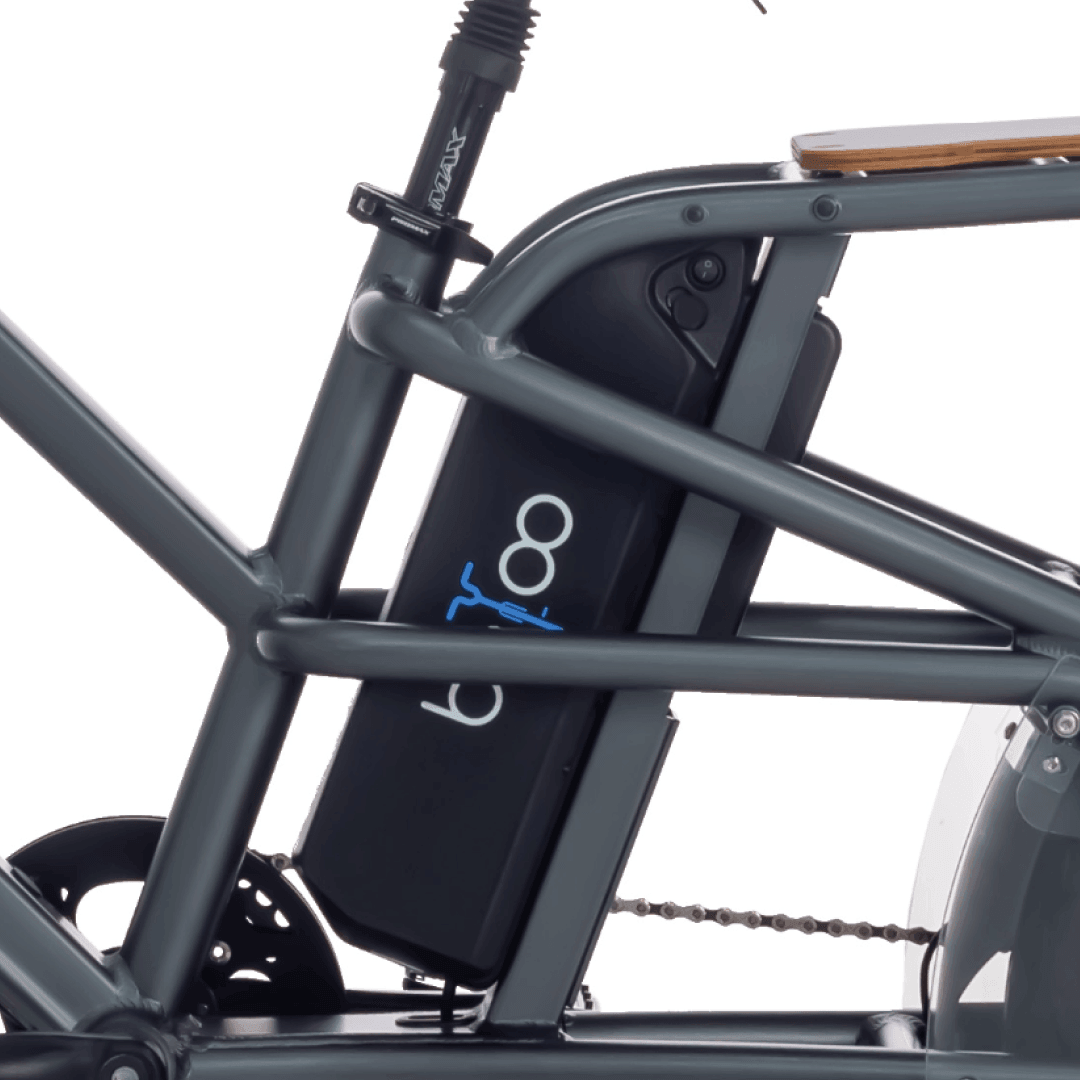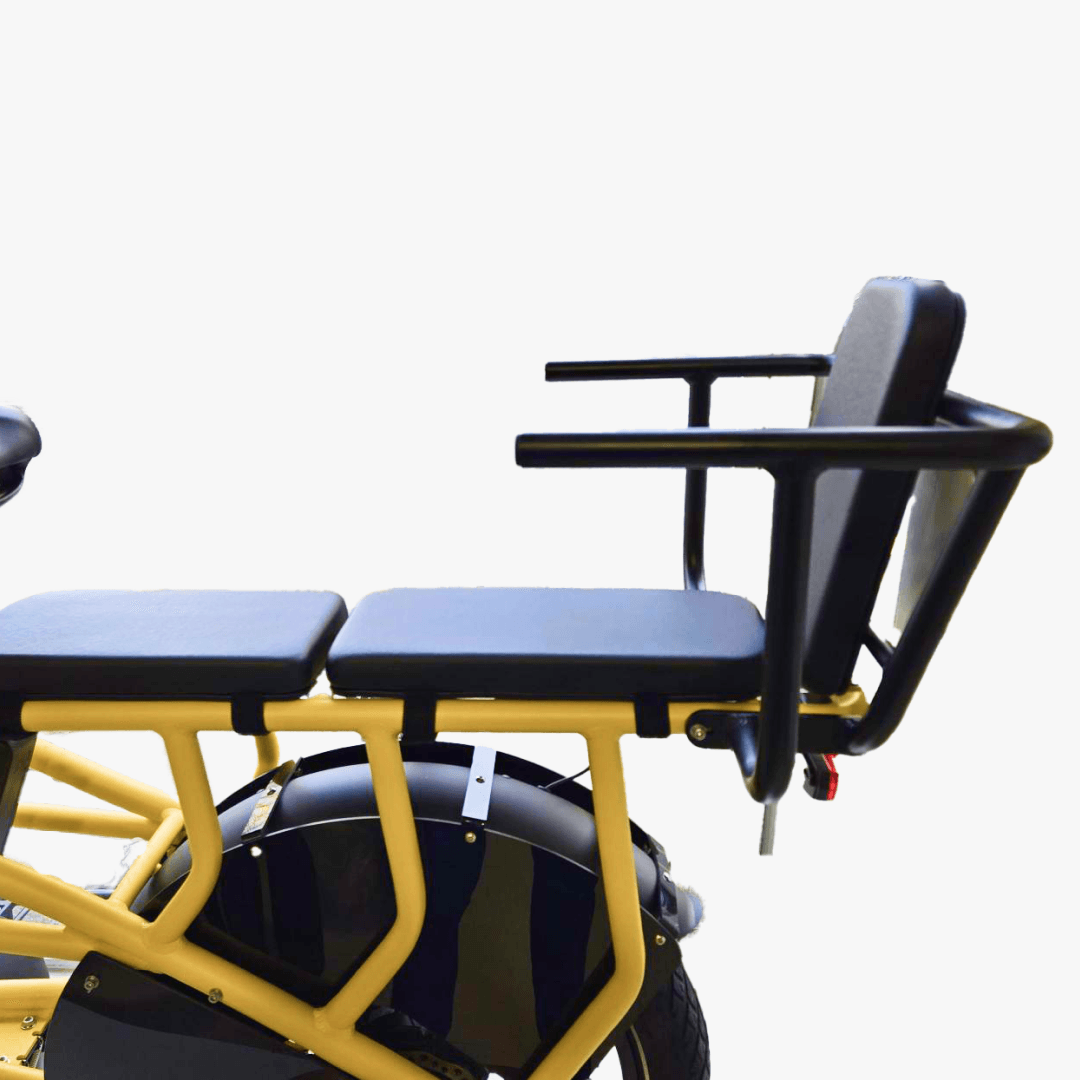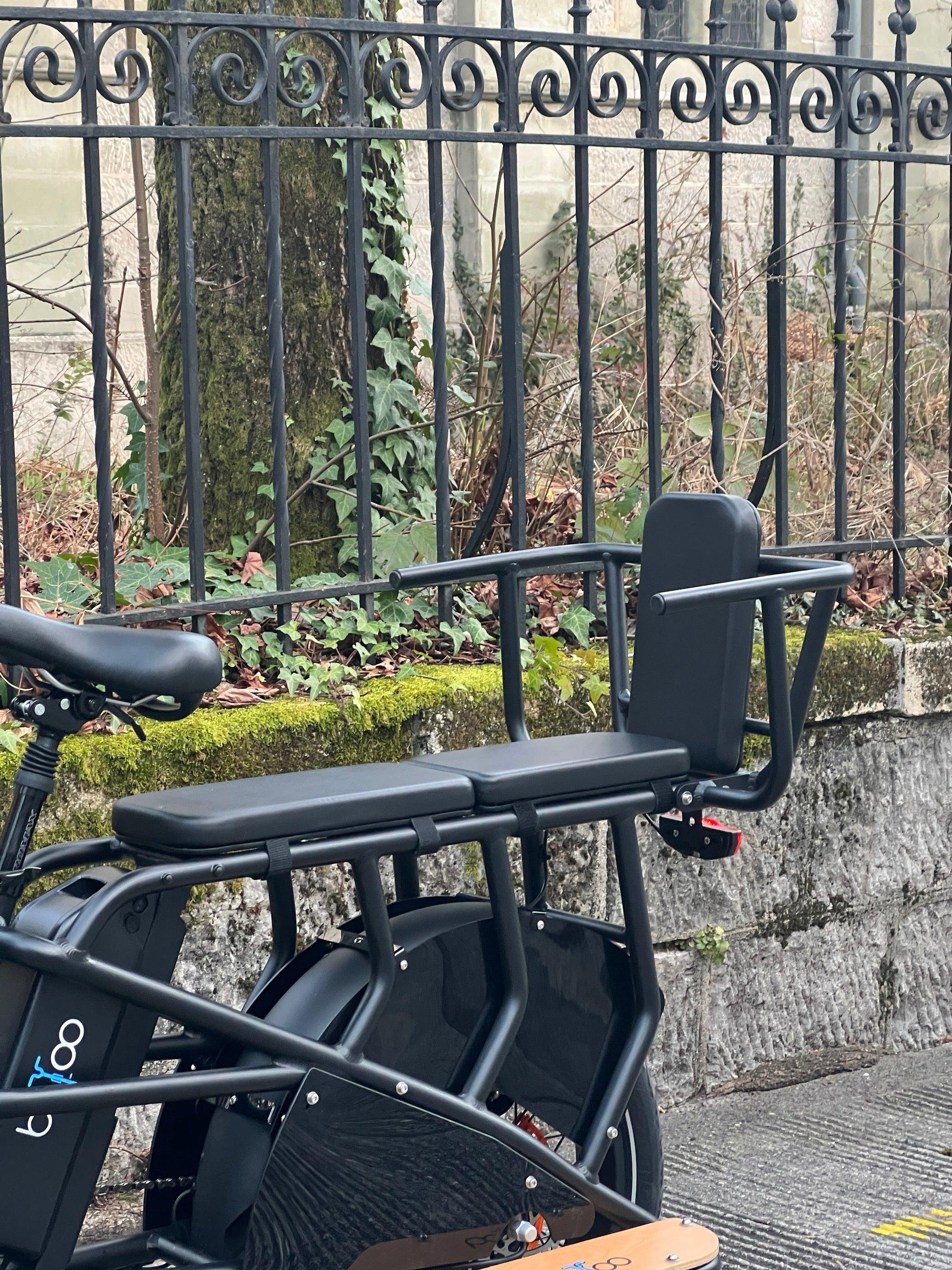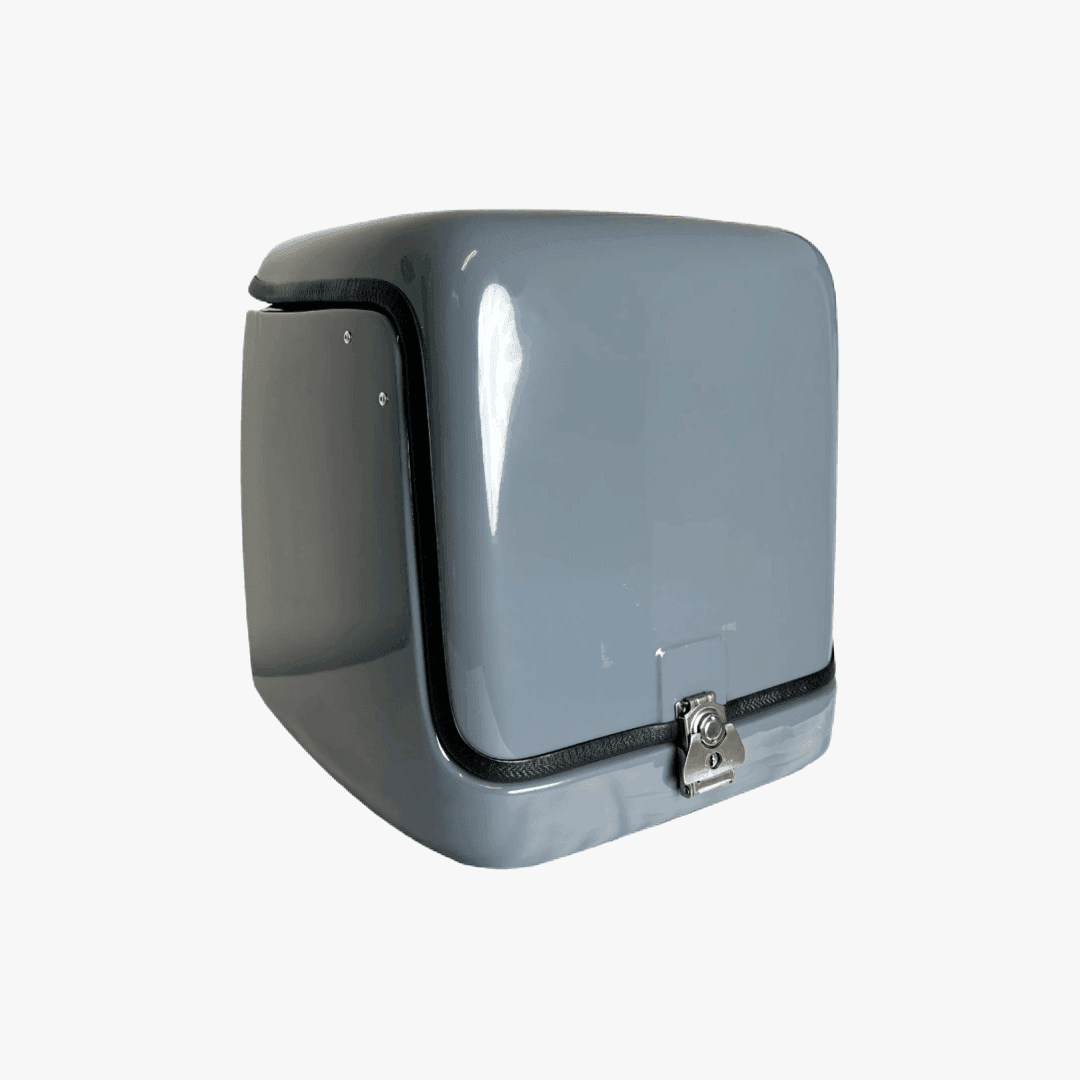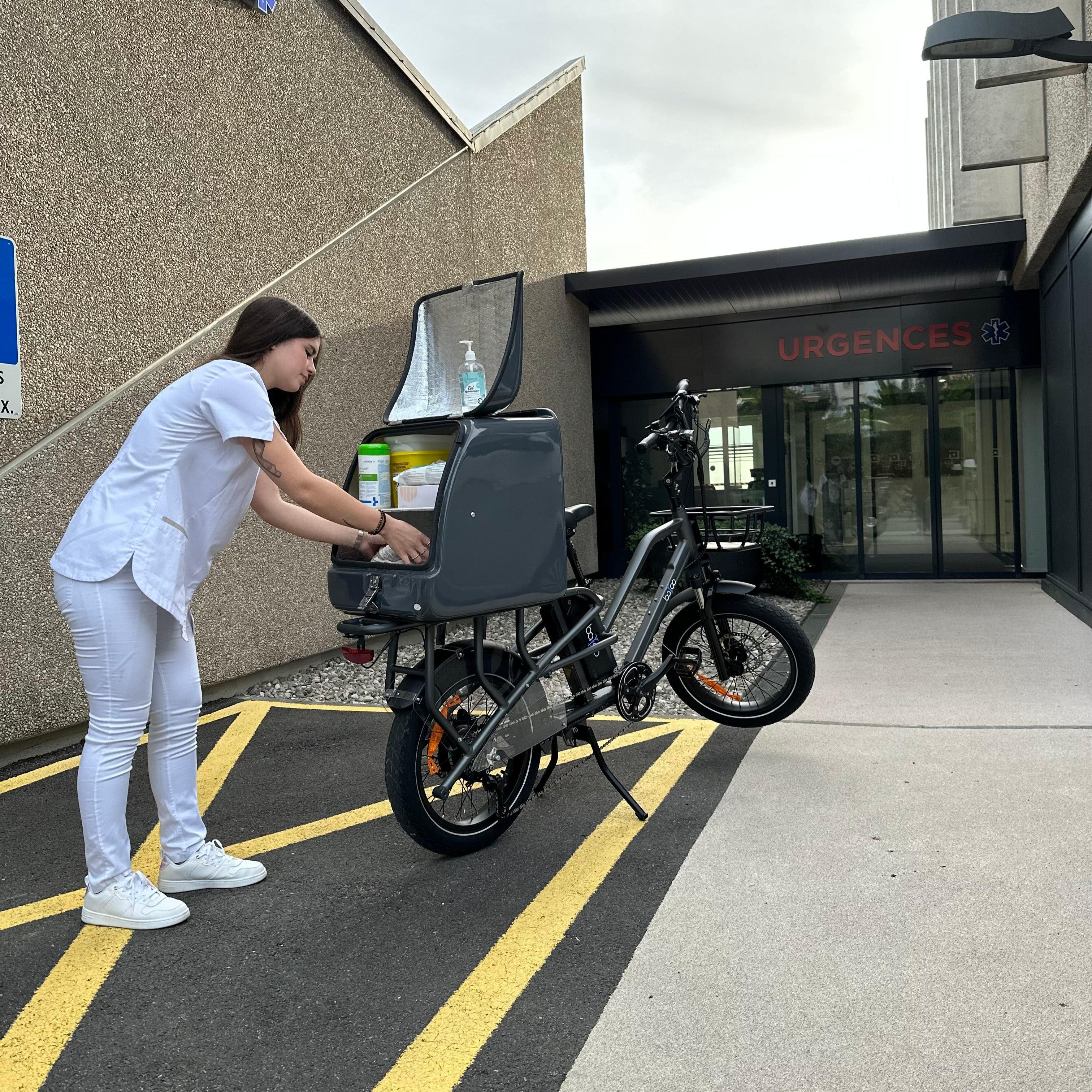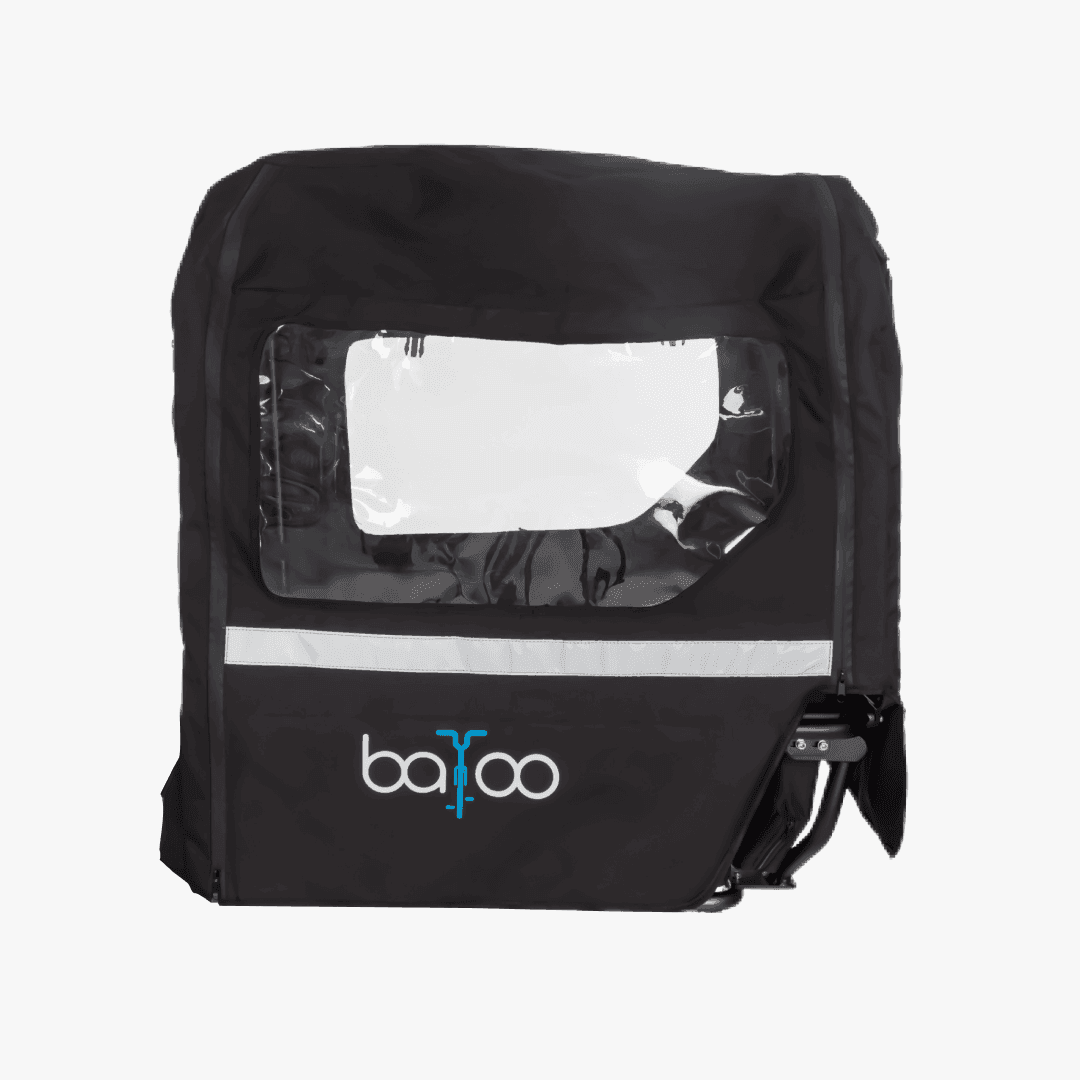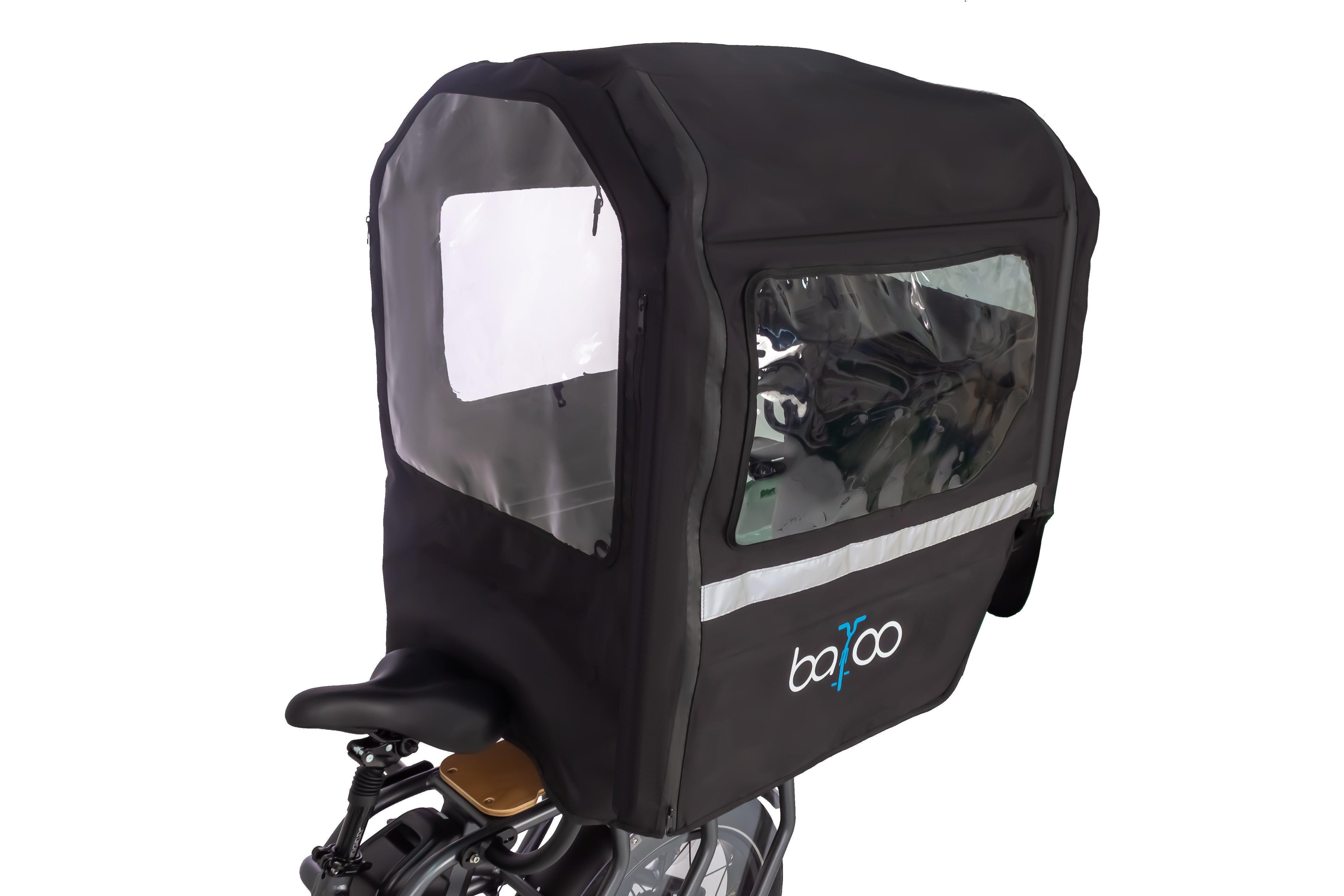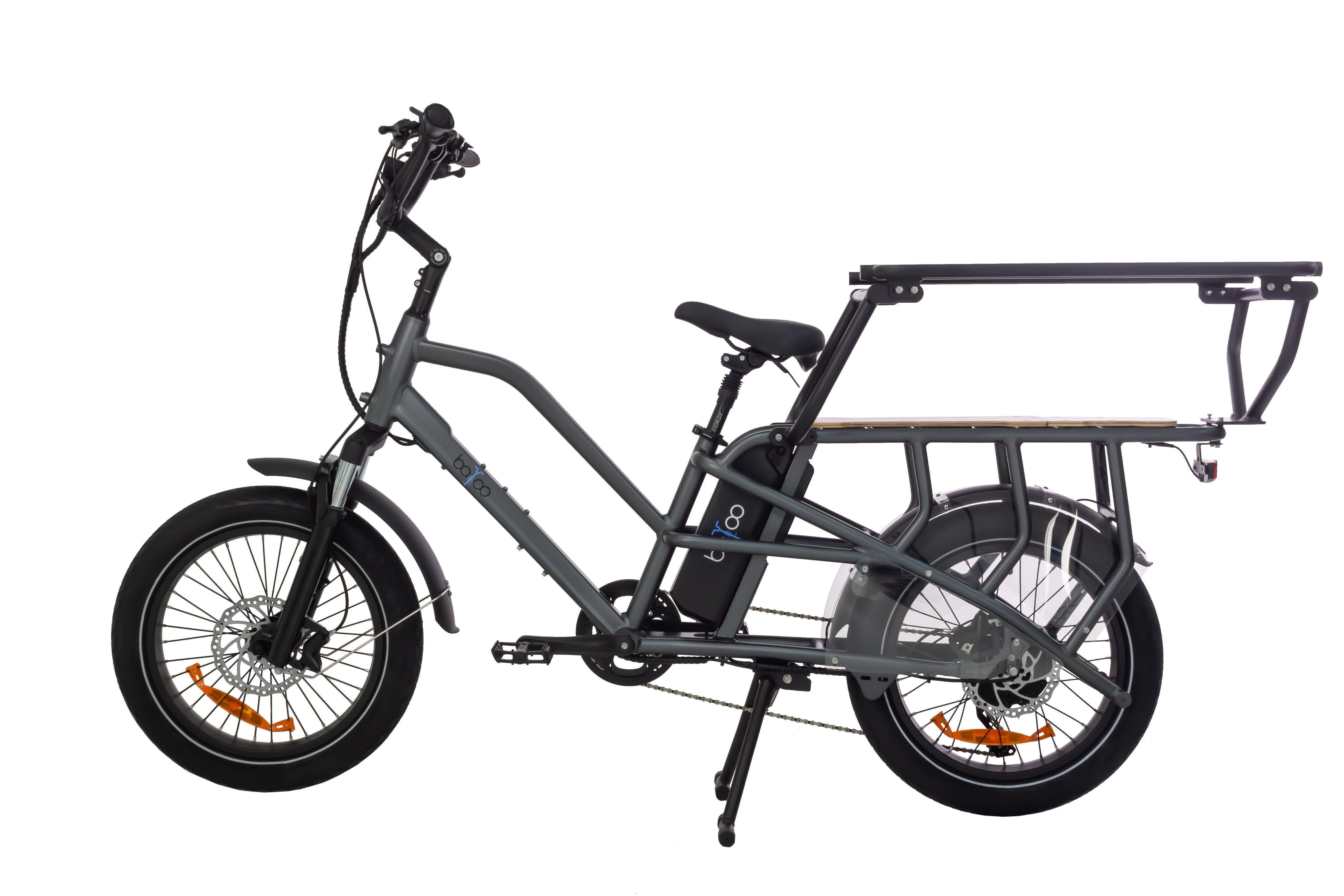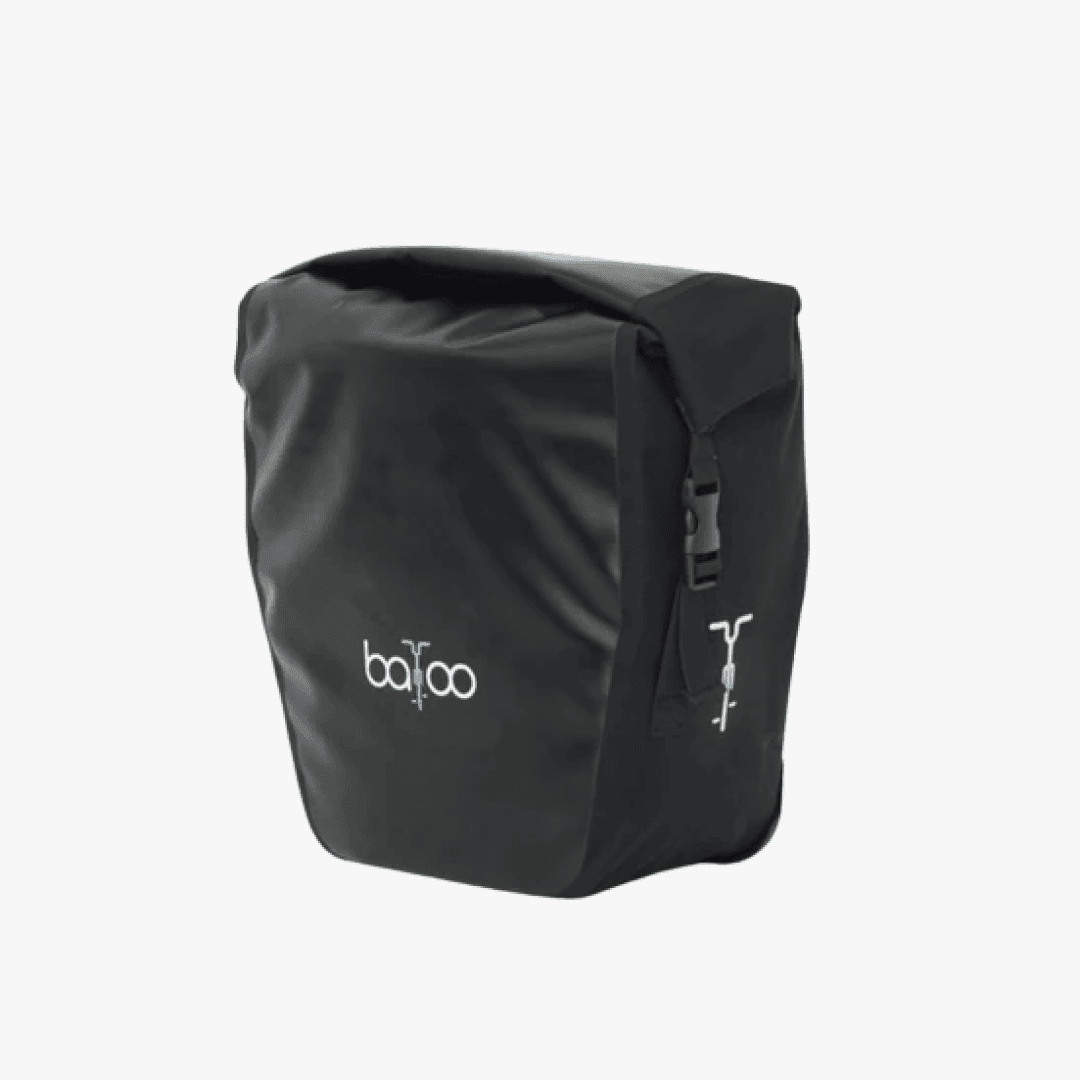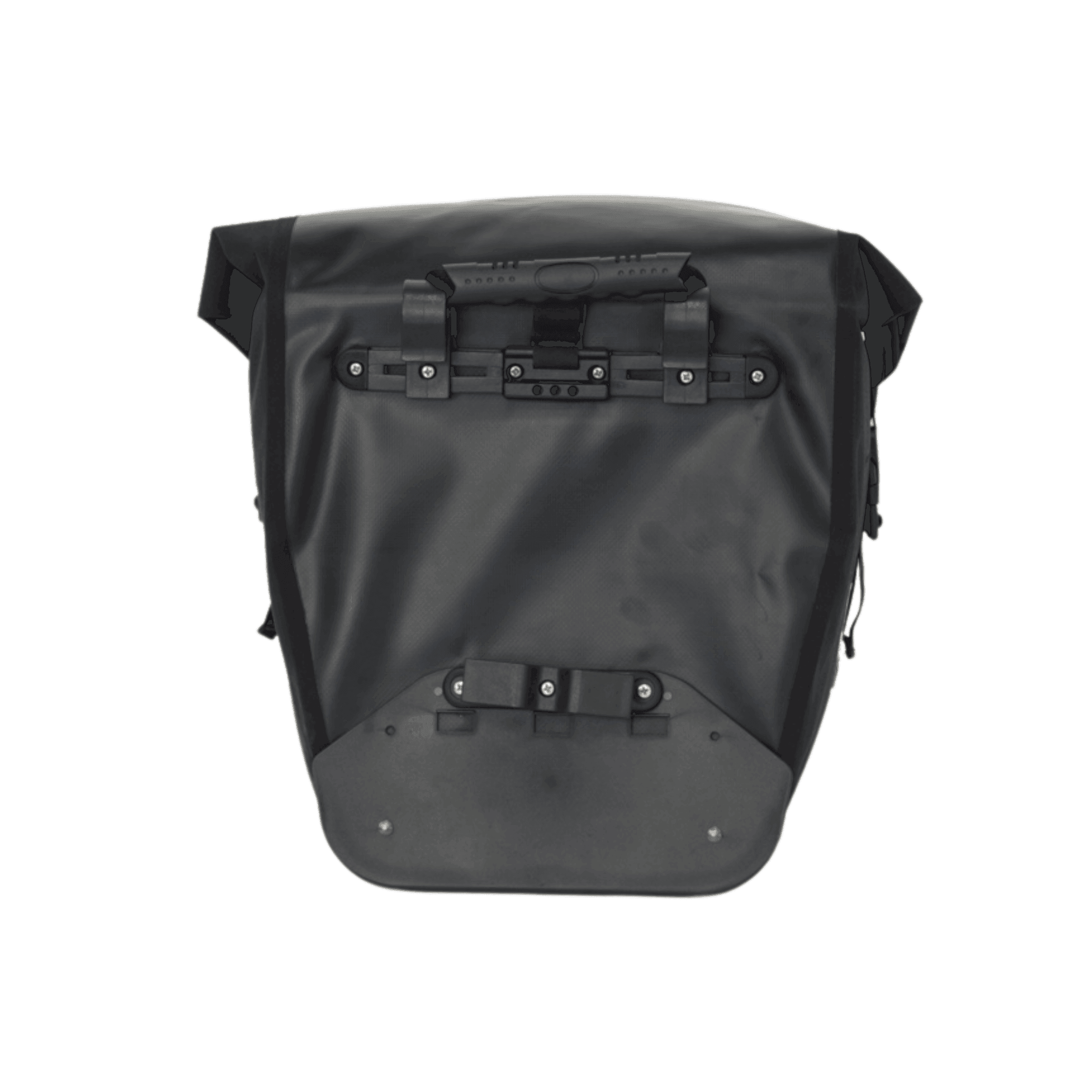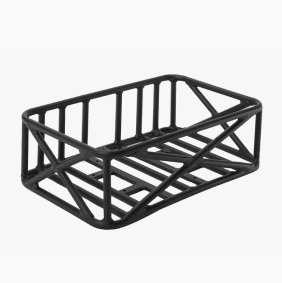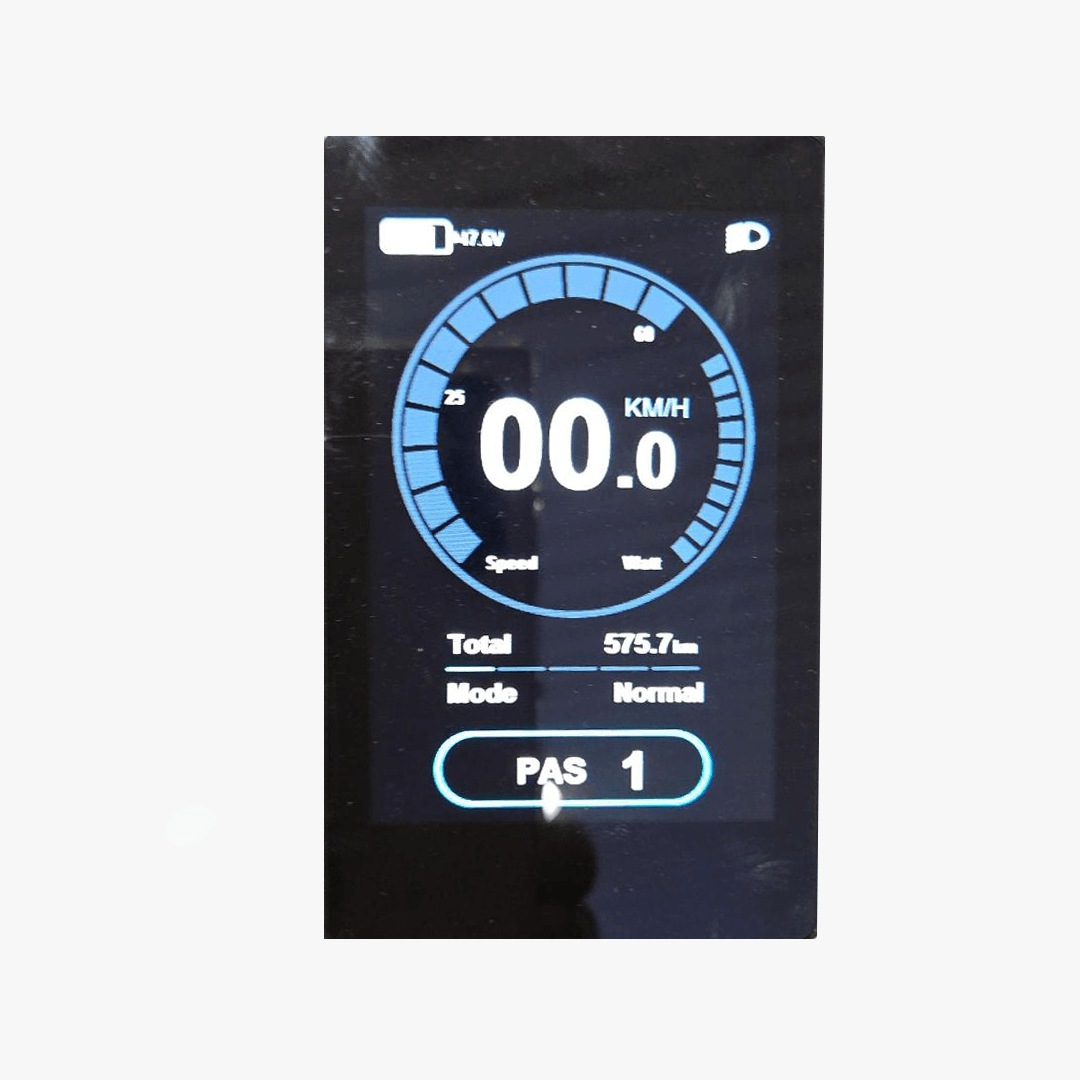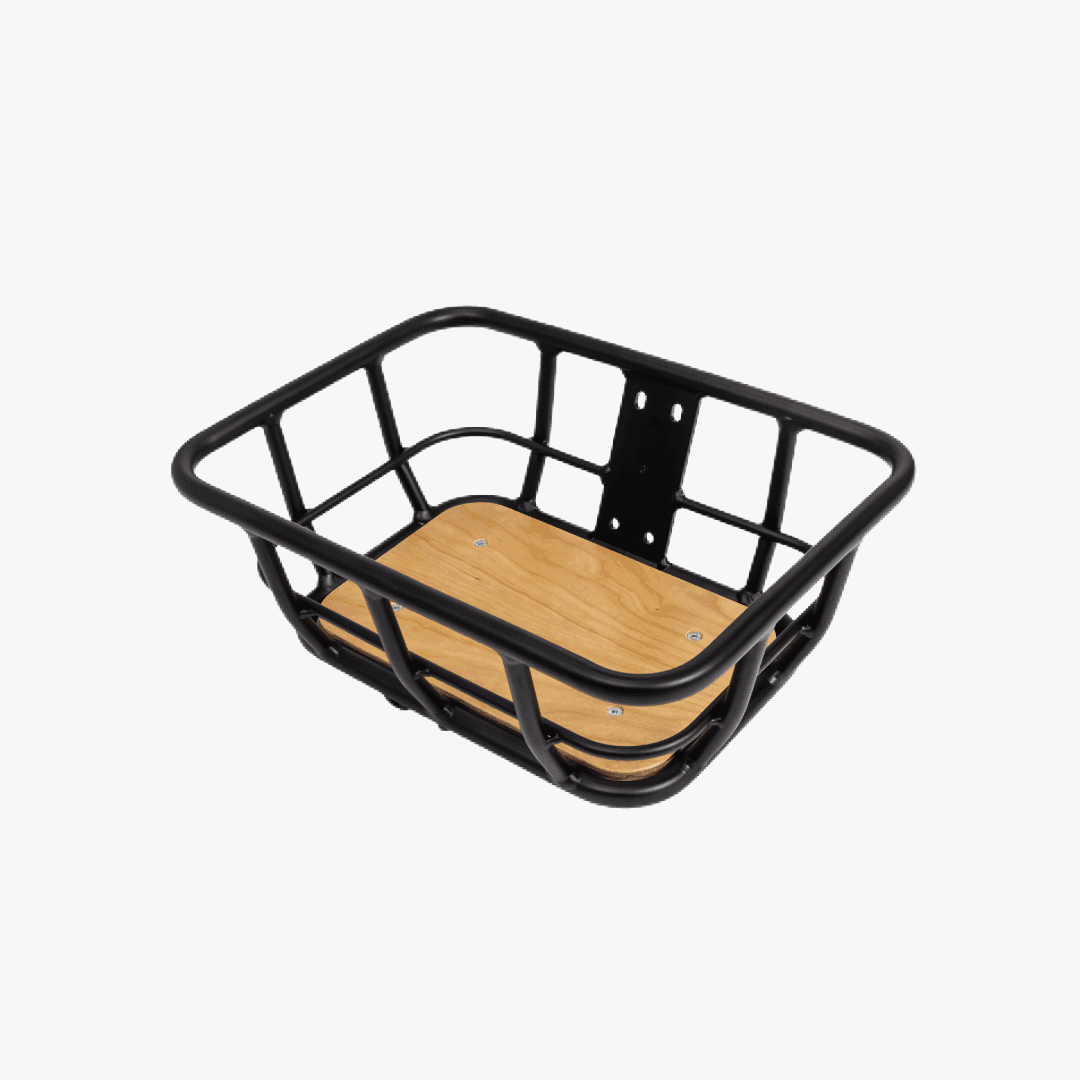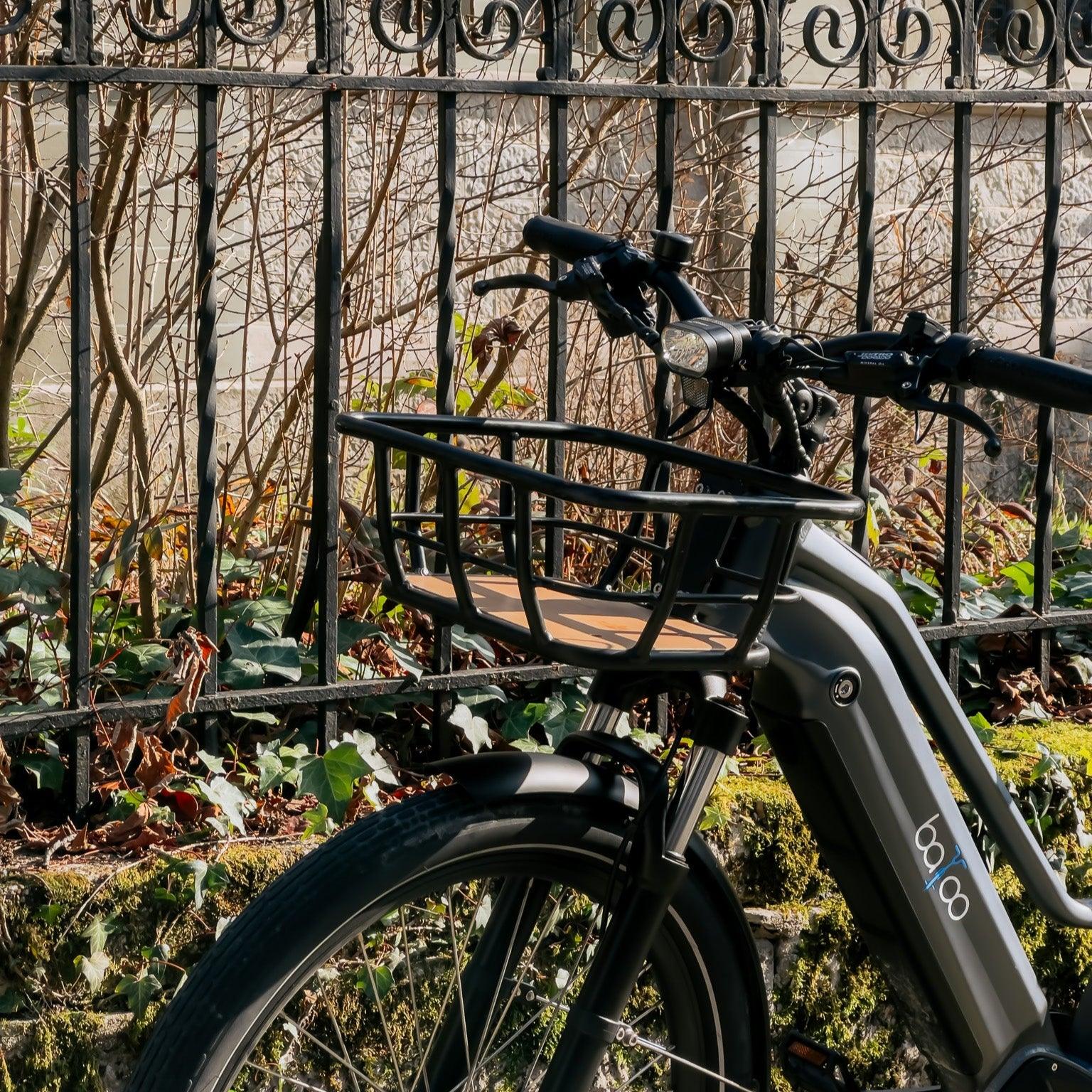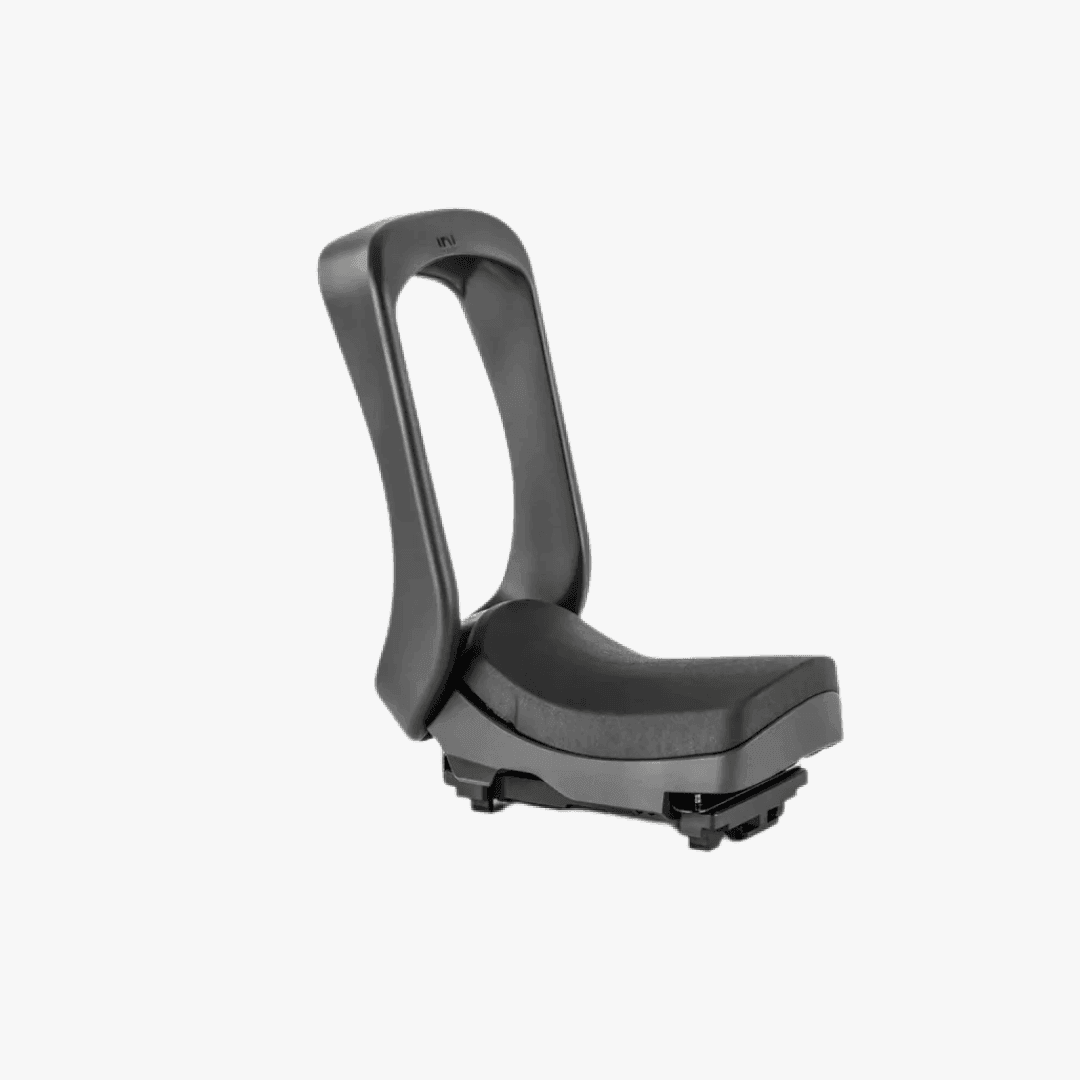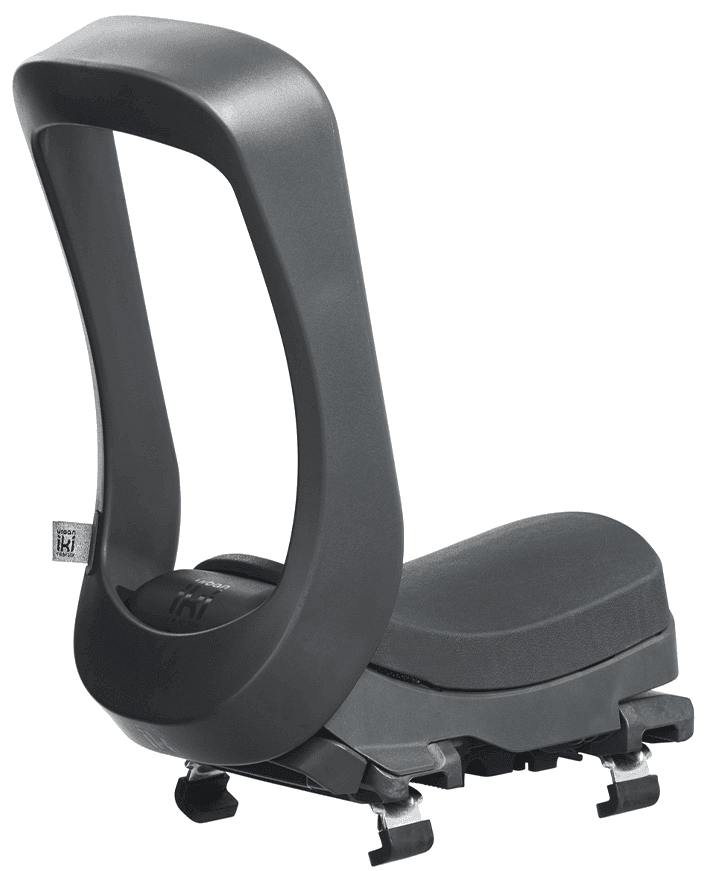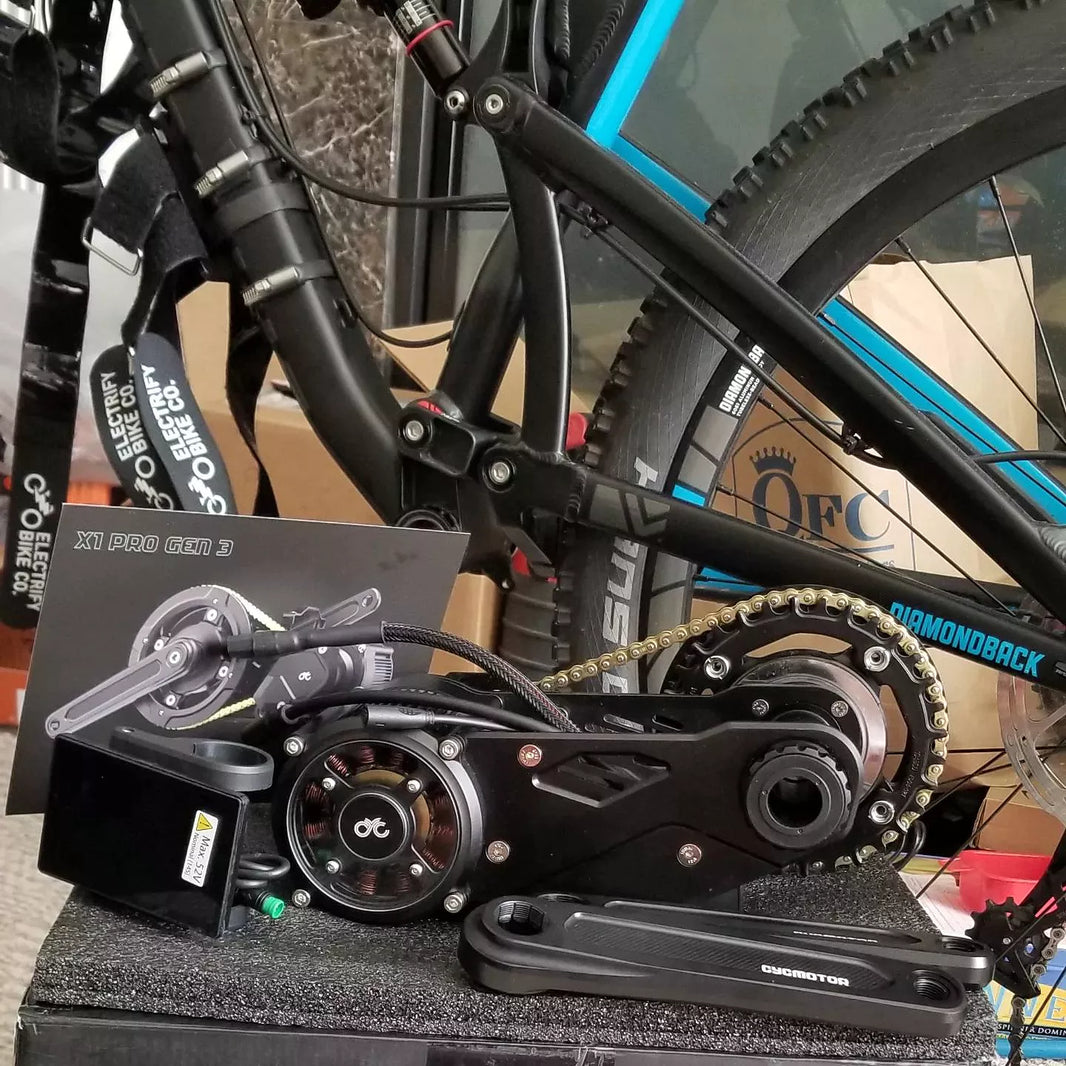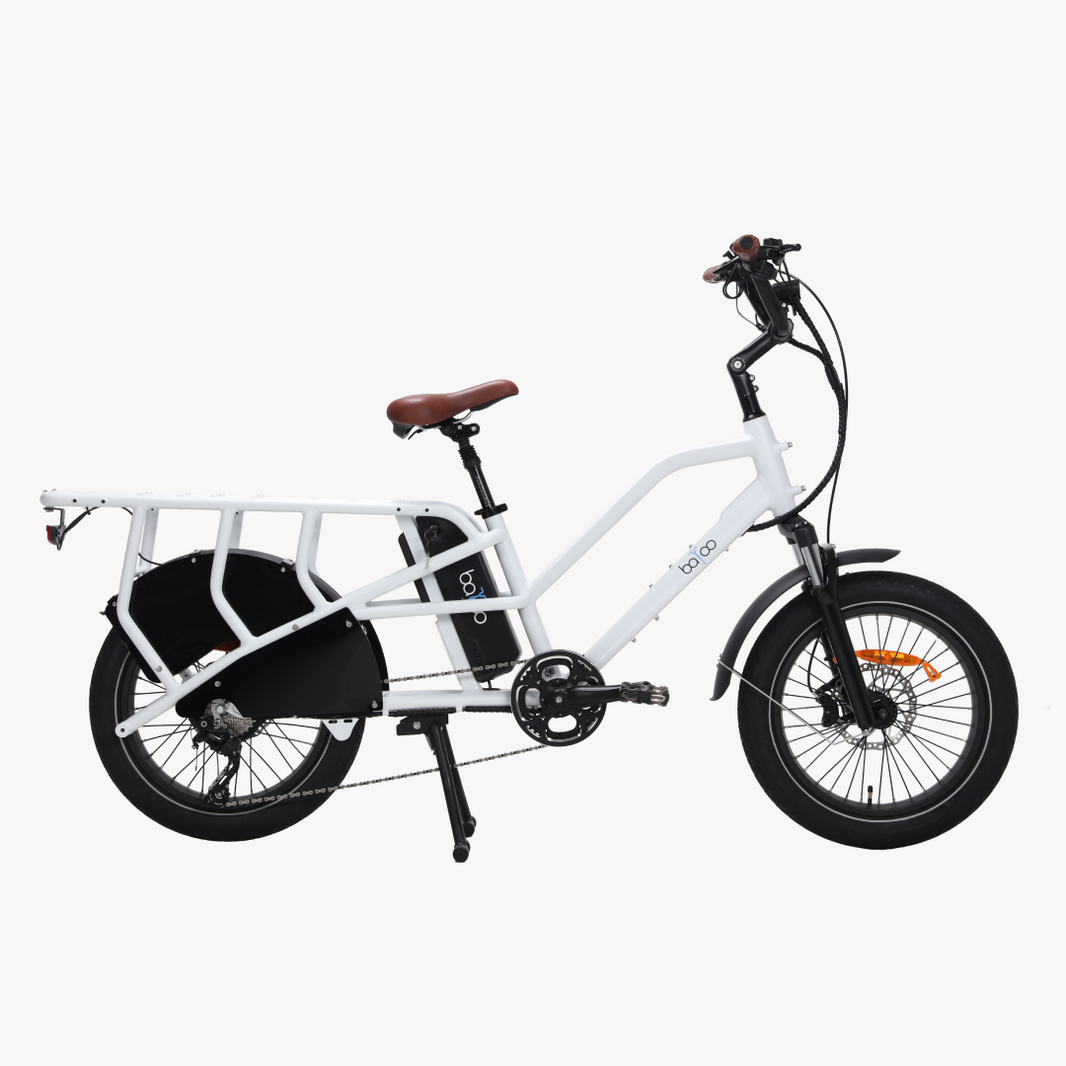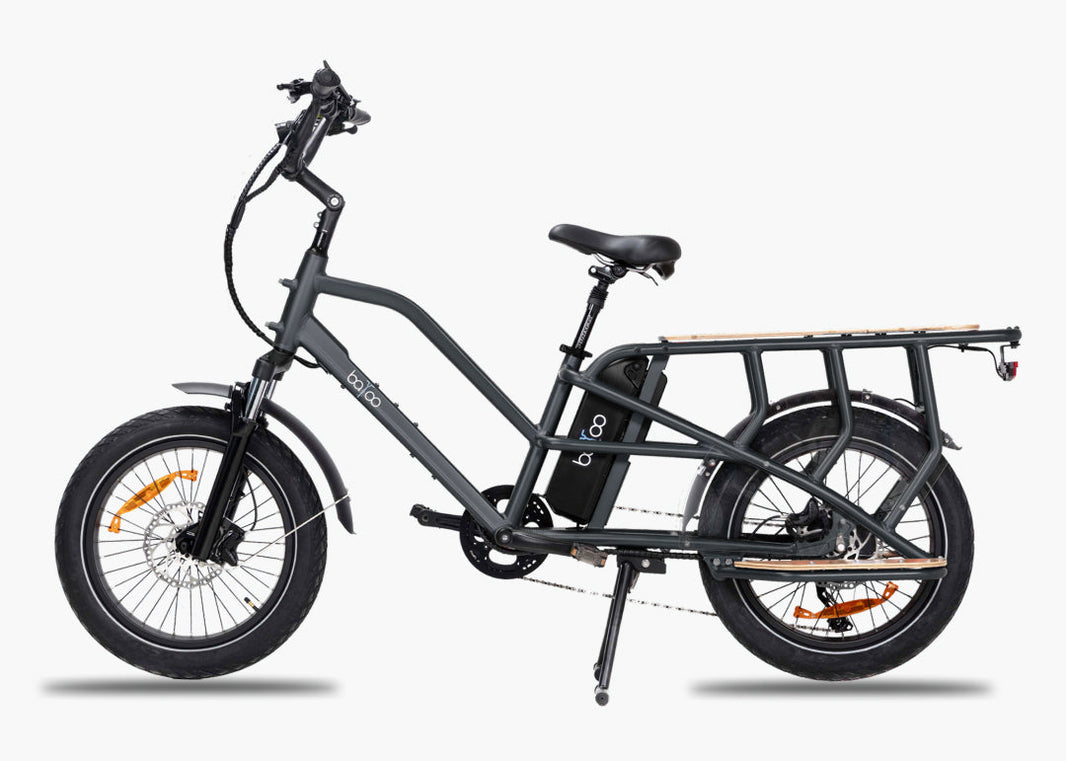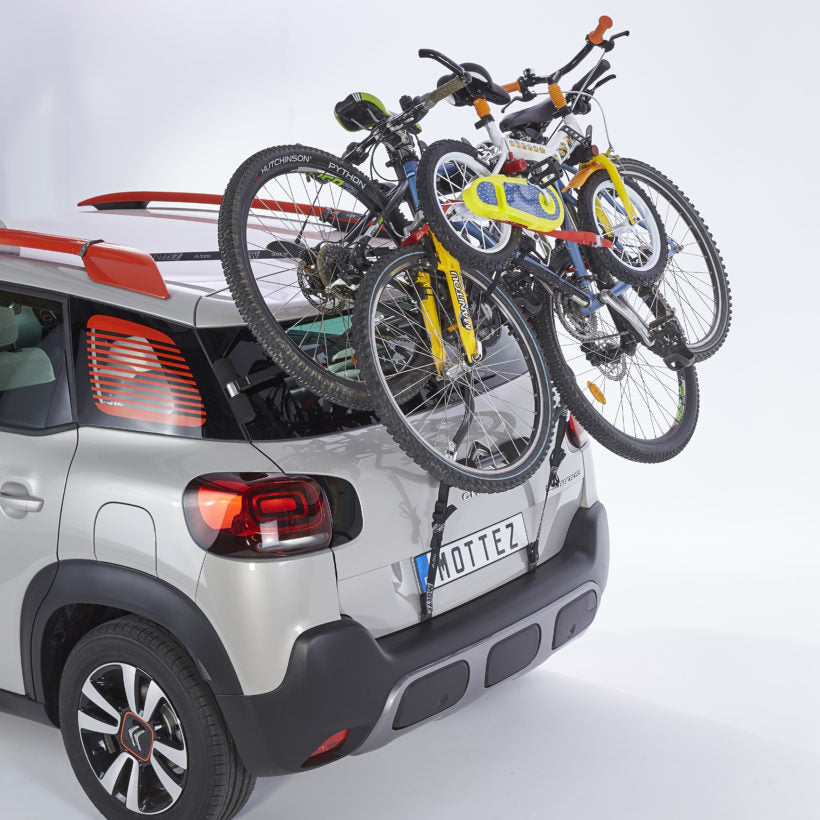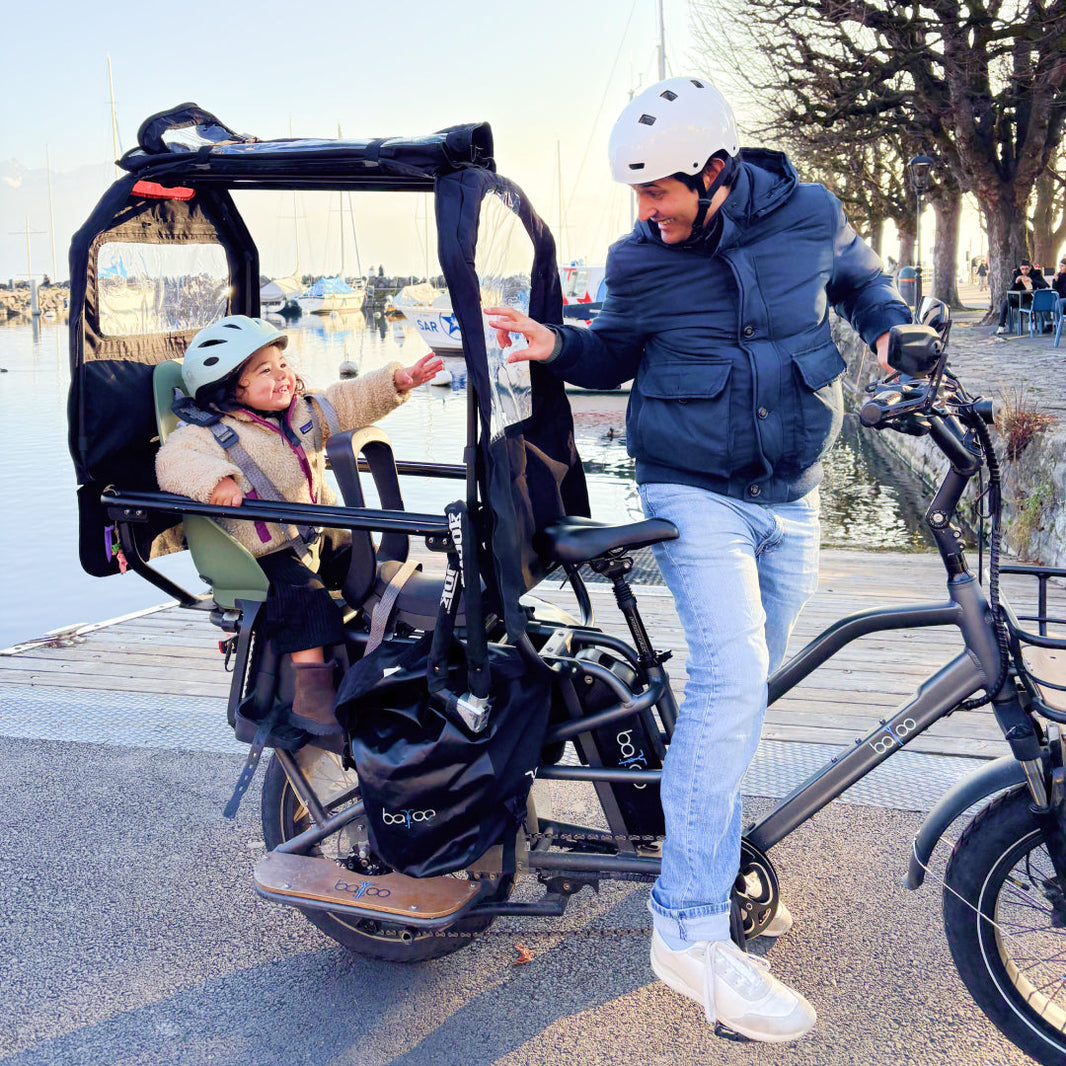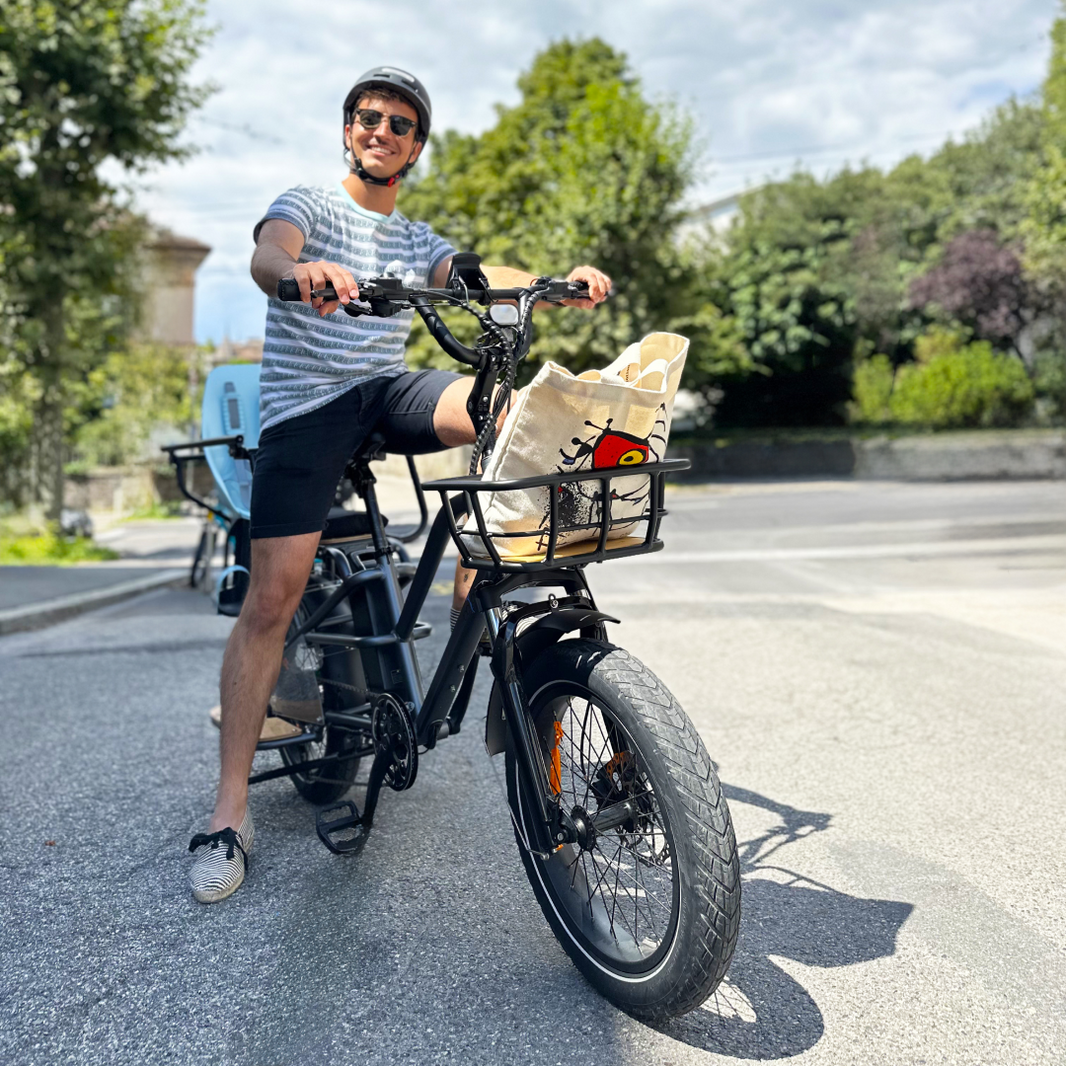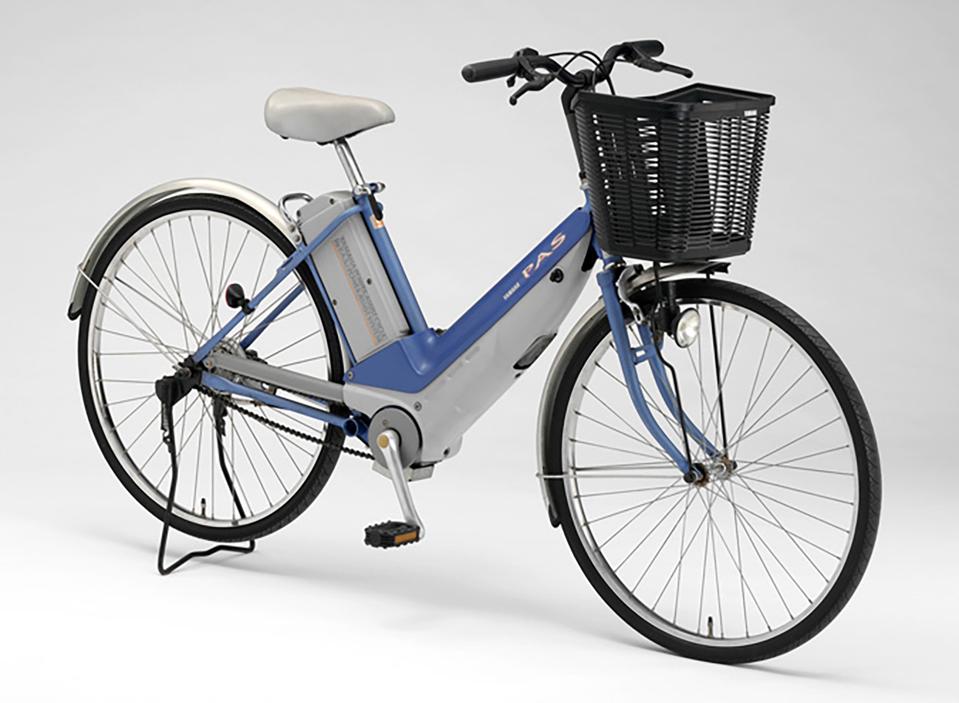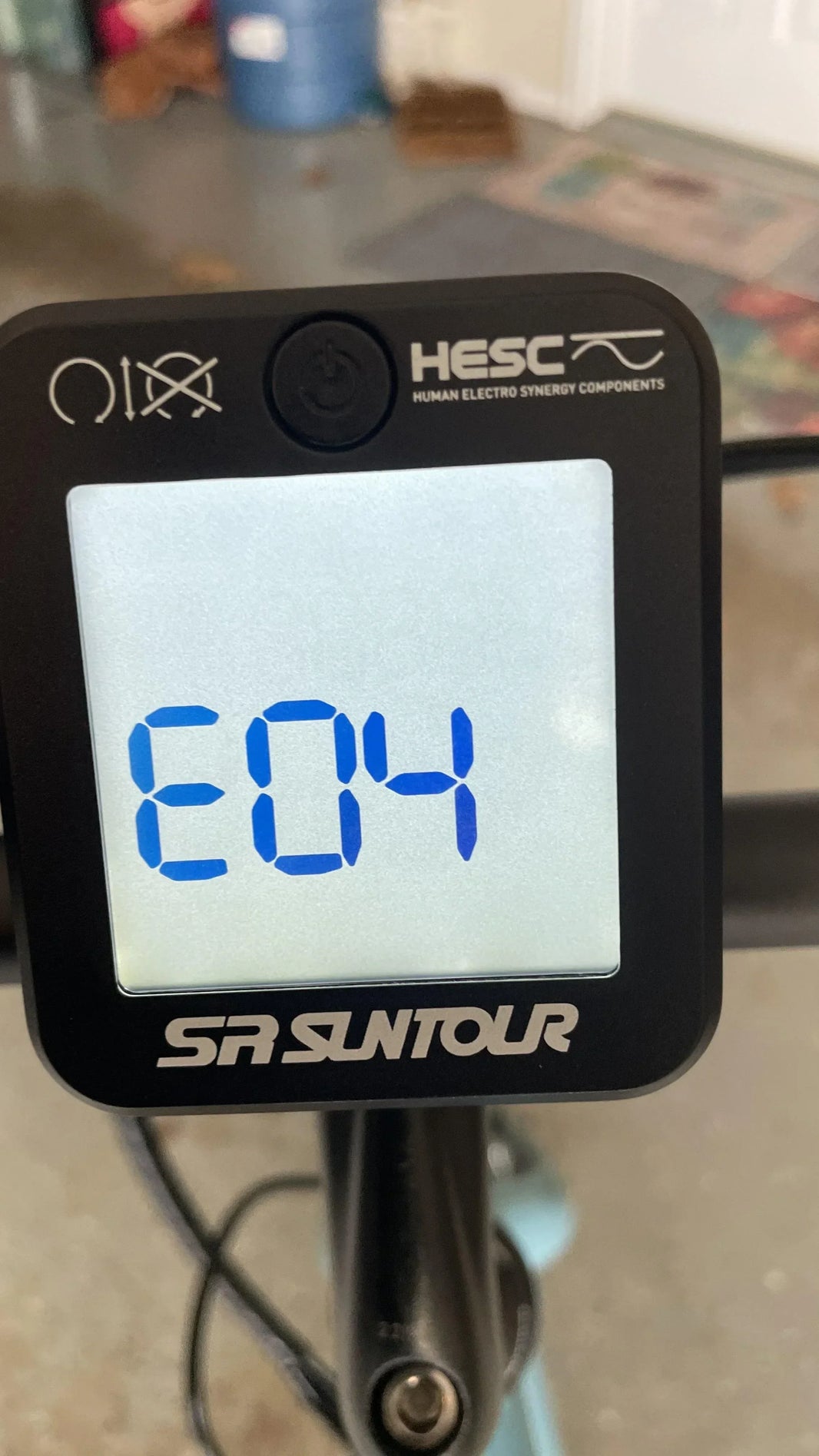An electrically assisted bicycle (EAB) combines your pedaling effort with the power of a battery-powered motor. In accordance with European regulations applied in Switzerland, assistance is only triggered if you pedal , it cuts out at 25 km/h , and the nominal power of the motor is limited to 250 W. In practice, you turn on the system, you choose a level of assistance on the screen, then sensors measure your pedaling and a controller measures the energy sent to the motor in real time. The objective: to help you at the start, on hills and against the wind, while maintaining the feeling of a real bike.
How an electrically assisted bicycle works
An e-bike remains first and foremost… a bicycle . When you turn the pedals, sensors (cadence and/or torque) detect the effort and transmit the information to the controller . This then opens the “tap” between battery and motor and delivers the power corresponding to the chosen mode (Eco, Tour, Sport, etc.). If you stop pedaling or exceed 25 km/h , the assistance stops automatically. The sensation should be smooth and proportional to your effort.
For an educational overview of modern architectures (motor, battery, sensors) you can consult the technical pages of Bosch eBike Systems and SHIMANO e-BIKE Systems .
The key components of an electric bike and their role

The engine
It transforms battery power into torque to assist you. There are two main options: in-wheel motor (front/rear hub) or mid-mounted motor (central). The feel, traction, and weight distribution vary depending on the choice (see below).
The battery
It is the energy reservoir . Its capacity (expressed in Wh ) determines the autonomy . It recharges from a mains socket and incorporates protective electronics (BMS). Most batteries are removable to facilitate charging at home or in the office.
The controller and sensors
The controller is the “conductor”: it reads the sensors (cadence and/or torque at the pedals, wheel speed) and instantly modulates the current sent to the motor to provide progressive and safe assistance.
The display (control screen)
The handlebar screen allows you to turn on/off, choose the assistance level , check the battery status , the speed and sometimes launch functions (walking assistance, Auto modes, etc.).
Mid-drive motor vs. in-wheel motor: what are the differences in operation?

Mid-drive (central) motor. Located at the bottom bracket, it injects its power into the transmission . Advantages: high torque useful on hills, bike balance (centered weight), often a very precise torque sensor for natural assistance. This is the preferred solution for trekking, mountain biking and cargo bikes.
In-wheel (hub) motor. Integrated into the front or rear wheel , it is simple , often lighter and economical. The feel is linear and sufficient in town/flat terrain. On the other hand, the maximum torque and traction on steep slopes are generally lower than those of a pedal motor.
How assistance is triggered while pedaling
As soon as you pedal , the sensor sends a signal to the controller, which delivers the power corresponding to the selected mode to the motor . The higher the mode you select, the more assistance the motor provides (within the legal limit). If you stop pedaling , if you brake or if you exceed 25 km/h , the assistance cuts off immediately. Result: you maintain control, the assistance follows your effort.
Limits of assistance (limited to 25 km/h) and use of the bicycle without assistance
-
Limit to 25 km/h : beyond this, the motor no longer provides assistance; you then continue as on a conventional bicycle .
-
Without battery : if the battery is empty or removed, you can still ride (the bike remains mechanical), but it will be heavier when starting and going uphill.
-
Recharging while pedaling? No, regeneration while pedaling is anecdotal on an e-bike (negligible gains). Recharging is done on the mains with a compatible charger .
Want to try or choose with peace of mind?
If you're hesitating between a mid-drive motor and a wheel motor , or if you want to assess the battery capacity suited to your journeys (urban, hilly, cargo), come see us: the Batoo Bike team will guide you on formats, ranges and useful accessories. And if you're ready to take the plunge, discover our selection of proven electric bikes for everyday and family use: see electric bikes .
FAQ
What is an electric bike and how does it work?
An e-bike adds an electric motor to your effort: sensors detect your pedaling, a controller controls the motor, and the assistance cuts off at 25 km/h or as soon as you stop pedaling.
What are the main components of an electric bike?
The motor , the battery (Wh = autonomy), the controller and its sensors (cadence/torque/speed), plus a screen on the handlebars to adjust the assistance and monitor the charge/speed.
How does the motor activate when I pedal?
The sensor detects rotation (and often force ) on the pedals; the controller then sends energy from the battery to the motor according to the chosen mode . If you stop pedaling, the assistance stops.
What is the difference between an in-wheel motor and a mid-wheel motor?
The mid-drive motor generally offers more torque and superior traction on hills, with a very natural feel. The hub motor is simple , light and economical; ideal for city/flat terrain.
Can you use an electric bike without a battery or assistance?
Yes. The bike remains perfectly rideable without assistance (or with a dead battery). It is simply heavier and less responsive when starting off and going uphill.
Does the electric bike recharge itself while pedaling?
No. Regeneration while pedaling is marginal on an e-bike; recharging is done via a mains socket with a suitable charger .


